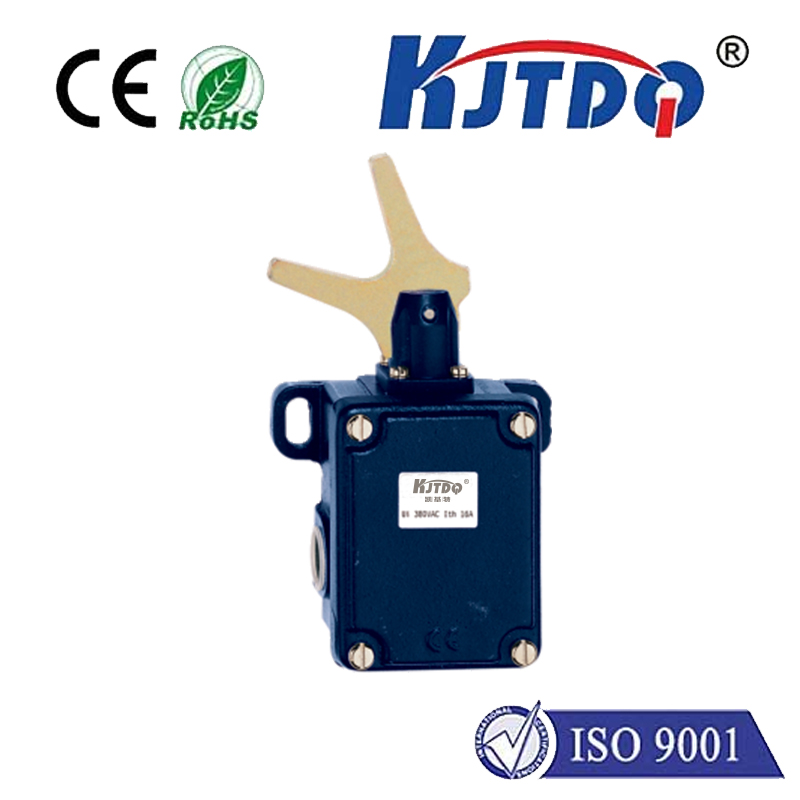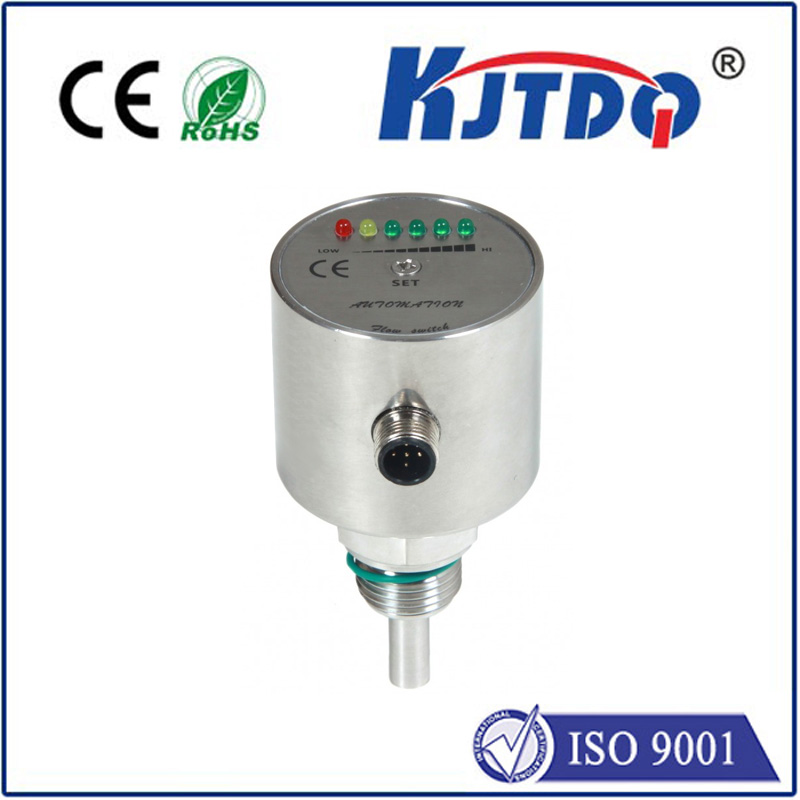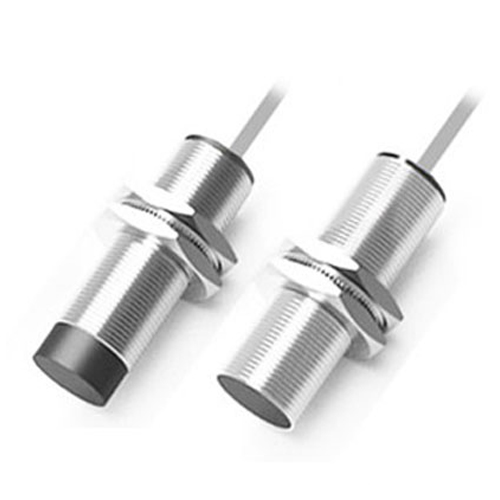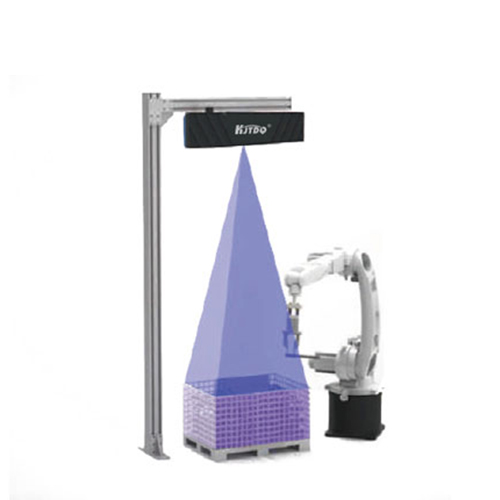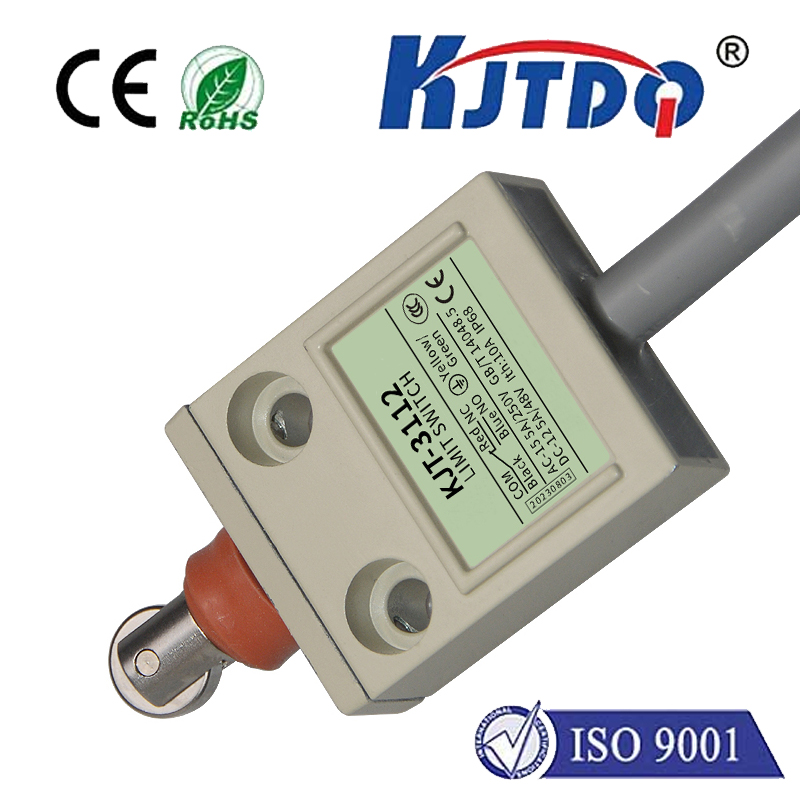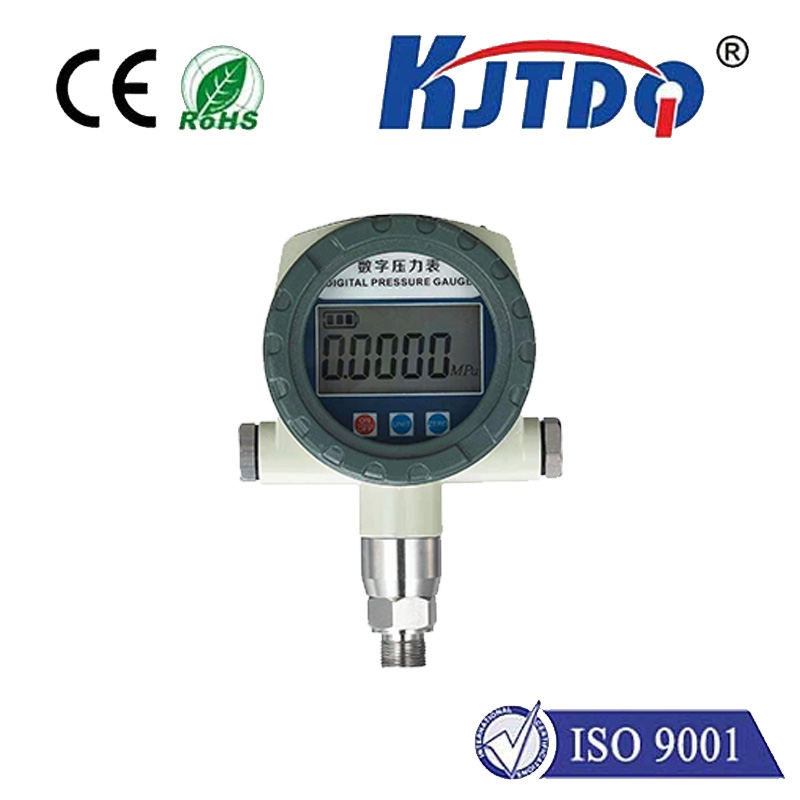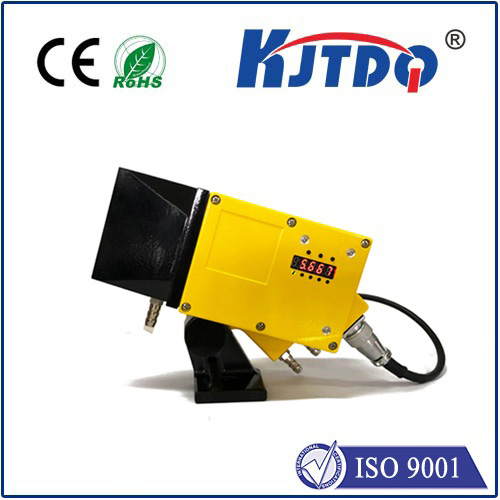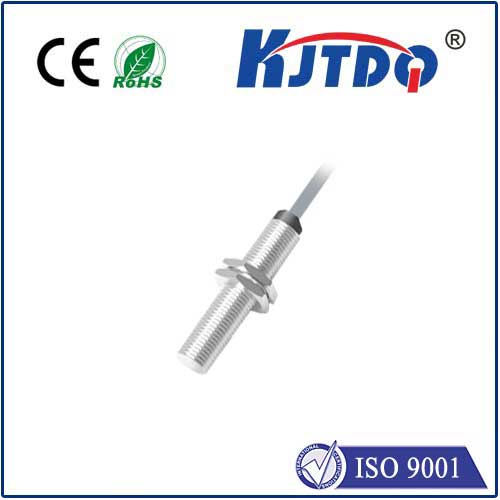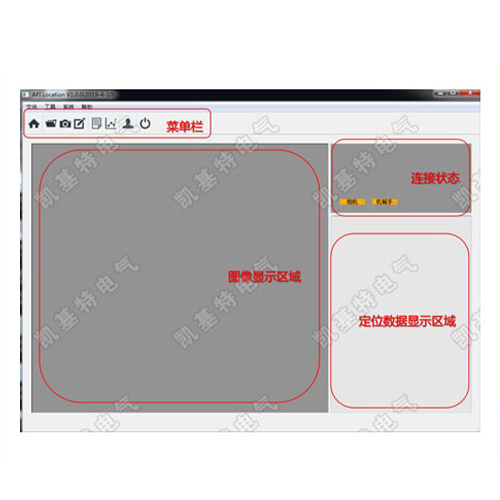110v Датчик приближения
- time:2025-07-02 01:24:37
- Нажмите:0
110v Proximity Sensors: Industrial-Grade Detection for Heavy-Duty Applications
Imagine a robotic arm welding chassis on a bustling automotive line, or a massive conveyor system hauling mineral ore deep within a mine. These environments aren’t just demanding; they often pulse with higher 110 volt AC power systems running heavy motors, pumps, and lighting. Standard low-voltage proximity sensors (like common 24V DC models) can struggle here. They might suffer from excessive voltage drop over long cable runs, succumb to electromagnetic interference (EMI) from powerful equipment, or simply lack the ruggedness needed. This is precisely where robust 110V AC proximity sensors become the indispensable solution, engineered to thrive where others falter.
Understanding the Core Technology
At their essence, proximity sensors are non-contact devices detecting the presence or absence of an object within their sensing field. 110v proximity sensors primarily utilize two fundamental principles:

- Inductive Sensing: The most common type for detecting metallic targets (steel, aluminum, brass, etc.). The sensor generates an electromagnetic field. When a metal object enters this field, it induces eddy currents within the target. This interaction alters the sensor’s internal oscillation. The embedded electronics detect this change and trigger its switching output, signaling the target’s presence. Notably, inductive proximity sensors excel in industrial settings due to their resilience against dirt, oil, and moisture.
- Capacitive Sensing: These sensors detect both metallic and non-metallic targets (plastic, wood, liquid, powders) by sensing changes in capacitance. The sensor probe and the target act like two capacitor plates. As the target nears, the capacitance increases. The sensor’s circuit monitors this change, activating the output when a preset threshold is reached. Capacitive proximity sensors are essential for applications like liquid level detection in tanks or verifying the presence of non-metallic packaging materials running on 110v AC systems.
The defining feature of a 110v Датчик приближения is its direct compatibility with 110 volt AC power supplies, common in North America and other regions. This high voltage capability isn’t just an option; it’s a necessity driven by specific industrial demands.
Why Choose a 110v Proximity Sensor? Key Advantages
Integrating 110v proximity sensors offers distinct benefits specifically tailored for demanding industrial environments:
- Reduced Voltage Drop in Long Cable Runs: Industrial setups often require sensors placed tens or hundreds of feet from the control panel. Using lower voltage sensors (like 24V DC) over such distances leads to significant voltage drop (due to Ohm’s Law: V=IR). This drop can cause the sensor to malfunction or fail to reach the PLC input reliably. 110v proximity sensors directly minimize this risk. The higher starting voltage provides a much larger buffer, ensuring the sensor signal remains strong over extended distances without needing additional power boosters or expensive wiring solutions.
- Enhanced Immunity to Electrical Noise: Industrial environments are notorious for electrical “noise” generated by heavy machinery, variable frequency drives (VFDs), large motors starting up, and welding equipment. This EMI can wreak havoc on sensitive electronics. 110 volt AC proximity sensors are inherently designed with higher noise immunity, featuring robust circuitry better able to reject interference. This results in significantly fewer false triggers or erratic behavior, maximizing process reliability.
- Simplified Wiring and Compatibility: Many existing industrial control panels and machinery already operate on 110v AC power. Using 110v proximity sensors leverages this existing infrastructure. It eliminates the need for separate, dedicated 24V DC power supplies just for sensors, simplifying panel design, reducing component costs, and streamlining installation and maintenance. Direct wiring to the AC control circuits is straightforward.
- Robust Construction for Harsh Environments: Built to survive tough conditions, these sensors typically feature:
- Sturdy Metal Housings (like stainless steel or nickel-plated brass) resisting physical impact and corrosion from chemicals or salt spray.
- High IP Ratings (IP67, IP68, IP69K): Ensures reliable operation against dust ingress and powerful water jets, essential for washdown areas in food processing or outdoor applications.
- Extended Temperature Ranges: Capable of functioning reliably in freezer warehouses or near foundry heat sources.
- Enhanced Resistance to Vibration: Critical for equipment like crushers, presses, and heavy conveyors where constant vibration would destroy less sturdy components. Intrinsic safety ratings (for hazardous locations) are also available on specific models.
- Higher Switching Capacity: While standard inductive proximity sensors typically handle smaller loads directly, 110v AC proximity sensors often boast higher output current ratings. This allows them to directly control larger solenoids, contactor coils, or pilot lights without necessarily requiring an intermediate relay, simplifying circuit design for certain applications.
Critical Selection Criteria
Choosing the right 110v AC proximity sensor involves more than just voltage. Key factors to consider include:
- Sensing Principle: Is the target metallic (Inductive Sensor) or non-metallic/liquid (Capacitive Sensor)? This is the fundamental first step.
- Sensing Distance: Ensure the sensor’s rated operating distance (specified for a standard target material) is sufficient for the gap required in your application. Account for mounting tolerances. Always leave a safety margin.
- Housing Shape and Size: Cylindrical (M8, M12, M18, M30) or rectangular? Factors like available mounting space, flush or non-flush mounting capabilities, and required sensing direction determine the best form factor. Ensure the mounting threads match your needs.
- Output Configuration: Normally Open (NO) or Normally Closed (NC)? 3-wire (common output types: NPN or PNP transistor equivalents for AC sensors typically mimic relay behavior) or 2-wire AC? 2-wire AC models are very common, wiring much like a mechanical switch in series with the load. Match the output type to your control logic.
- Environmental Ratings: Crucially, verify the Ingress Protection (IP rating) like IP67 (dustproof, withstands temporary immersion) or IP68 (continuous immersion). Check the temperature range and chemical resistance if applicable. NEMA ratings (like NEMA 4X) are also often specified for outdoor or washdown applications in the US.
- Target Material & Size: Inductive sensors may have different sensing ranges for different metals (steel vs. aluminum). Capacitive sensors require a certain target mass/size for reliable detection. Consult datasheets carefully.
- Special Features: Consider shielded vs. unshielded (mounting proximity), intrinsically safe approval for hazardous areas, resistance to specific chemicals, or high-pressure washdown capabilities (IP69K).
Powering Industrial Reliability
From manufacturing assembly lines humming with robotics to the rugged depths of mining operations, 110v proximity sensors deliver the robust detection required. Their direct compatibility with industrial AC power, exceptional noise immunity, ability to overcome long cable voltage drop, and inherent toughness make them the backbone of reliable automation in heavy-duty settings. When standard low-voltage sensors simply can’t withstand the electrical or physical demands of the environment, a 110v AC proximity sensor provides the rugged, dependable sensing solution critical for maintaining continuous, efficient, and safe industrial operations. Selecting one tailored to the specific challenge ensures machines keep running smoothly, productivity remains high, and downtime stays low.

